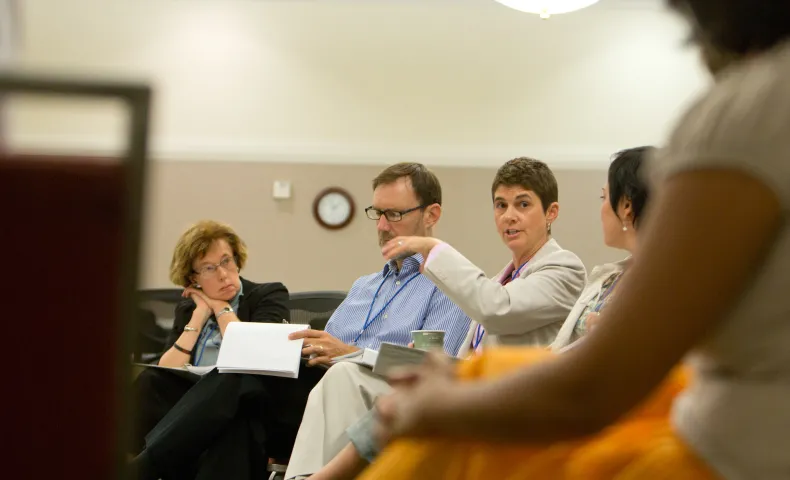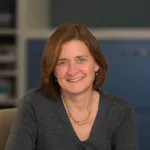 Photo by Lydia Daniller
Photo by Lydia Daniller
The “Sense-Making” Role of Nonprofit Boards
Nonprofit boards can play a vital leadership role for their organizations. But all too often, organizations do not tap the full power of their boards. In a forthcoming report from the Haas Leadership Initiative, we take a look at why this is, and at what works to build stronger boards.
Bill Ryan is a board development expert at Harvard who has worked closely with the Haas, Jr. Fund to evaluate its leadership investments. In an interview for our report, he stressed the effectiveness of building a “generative board.” Such a board, he explains, plays an important part in identifying emerging issues for the organization, developing a compelling vision and strategies to guide its work, and thinking about how to assess whether the organization is succeeding or not—i.e., how will the organization know when it is achieving its goals?
Creating a more generative board was the goal of the National LGBTQ Task Force (The Task Force), one of three Haas, Jr. Fund grantees we focus on in our report. “Board members were hungry for substantive conversation and wanted to engage at a strategic level in the work of the organization, but we had not organized ourselves to do that,” said Pam David, who has served on the Task Force’s board since 2007.
To try and resolve this, Task Force Executive Director Rea Carey worked with consultant Susan Colson to create time at board meetings for deep conversations about the future of the organization and the lesbian, gay, bisexual and transgender (LGBT) movement. One especially constructive conversation, Carey recalled, was about what happens when the LGBT movement has achieved marriage equality from coast to coast. In other words, how will the movement and the Task Force pivot from the marriage fight, which has required a significant amount of resources, to the broader campaign to make sure LGBT people are free from discrimination and have equal rights and opportunities in all facets of their lives?
Among the results of conversations like these, according to David and Carey and others, is a new strategic plan that positions the Task Force for sustained leadership in the LGBT movement. “The board is operating at a much higher level because we are engaged on these important issues, and it is having a clear impact on the organization’s ability to plan and to make sure it stays in front of these issues,” said Shilpen Patel, a co-chair of the Task Force board.
Reflecting on her work with the Task Force, consultant Susan Colson said the most important role of nonprofit boards is “sense-making” for the organization. She defined this role as “looking to the horizon, understanding the field you are in, and helping the executive director with strategy issues that she or he may not have thought through quite yet.”
Does your organization engage its board in “sense-making”? Does your board have lessons to share? What do you think is the secret to tapping the power of nonprofit boards?
We will be sharing more lessons from our investments in board development later this year, along with the stories of how the Task Force and other grantees have built stronger boards. In the meantime, we want to hear from you...
What gets in the way of your board stepping into its leadership role for the organization?
Is your board operating at the right level? And if not, what needs to happen to make the board a full partner in leading the organization?
What can we as a sector do to better support and strengthen nonprofit boards?
